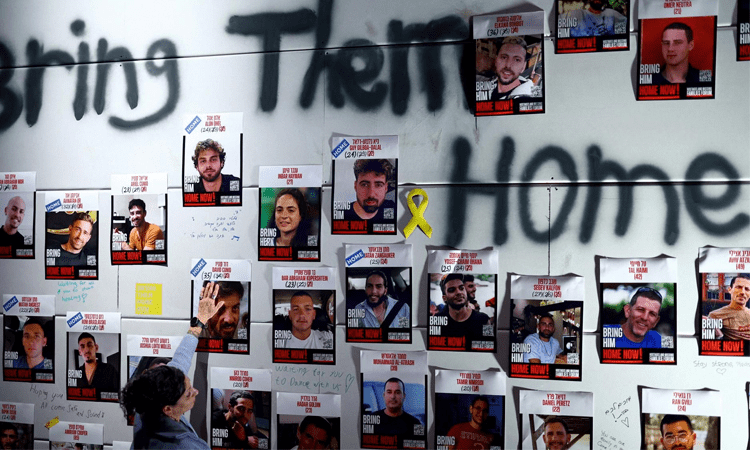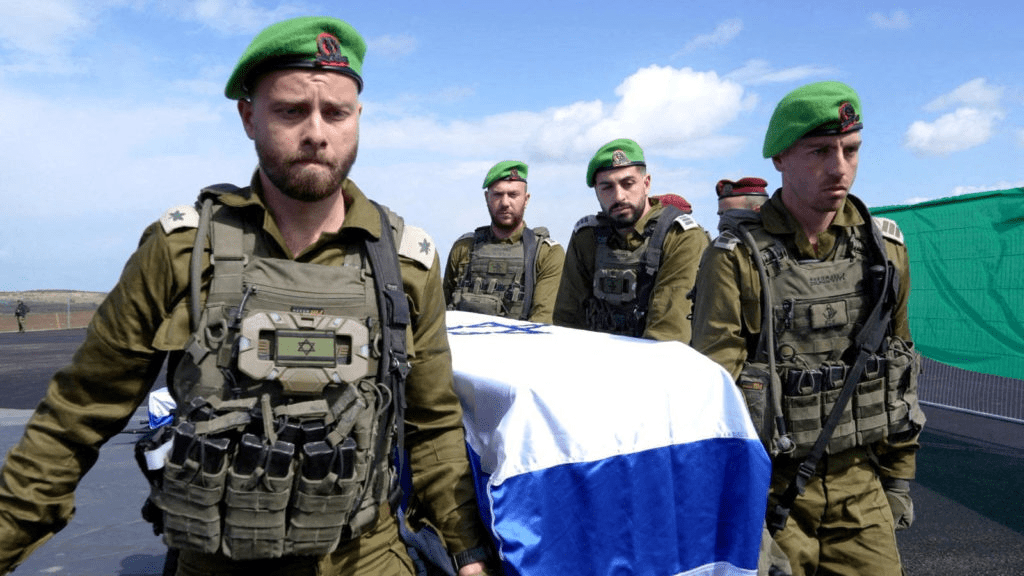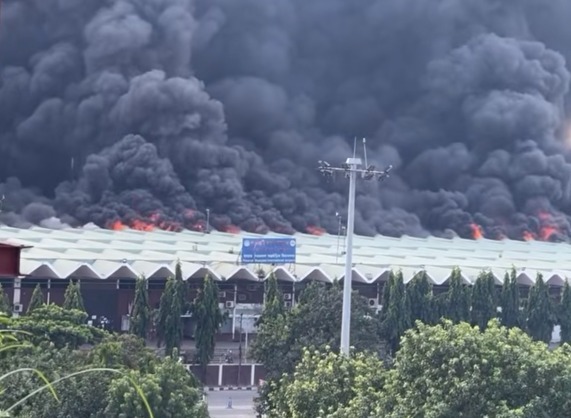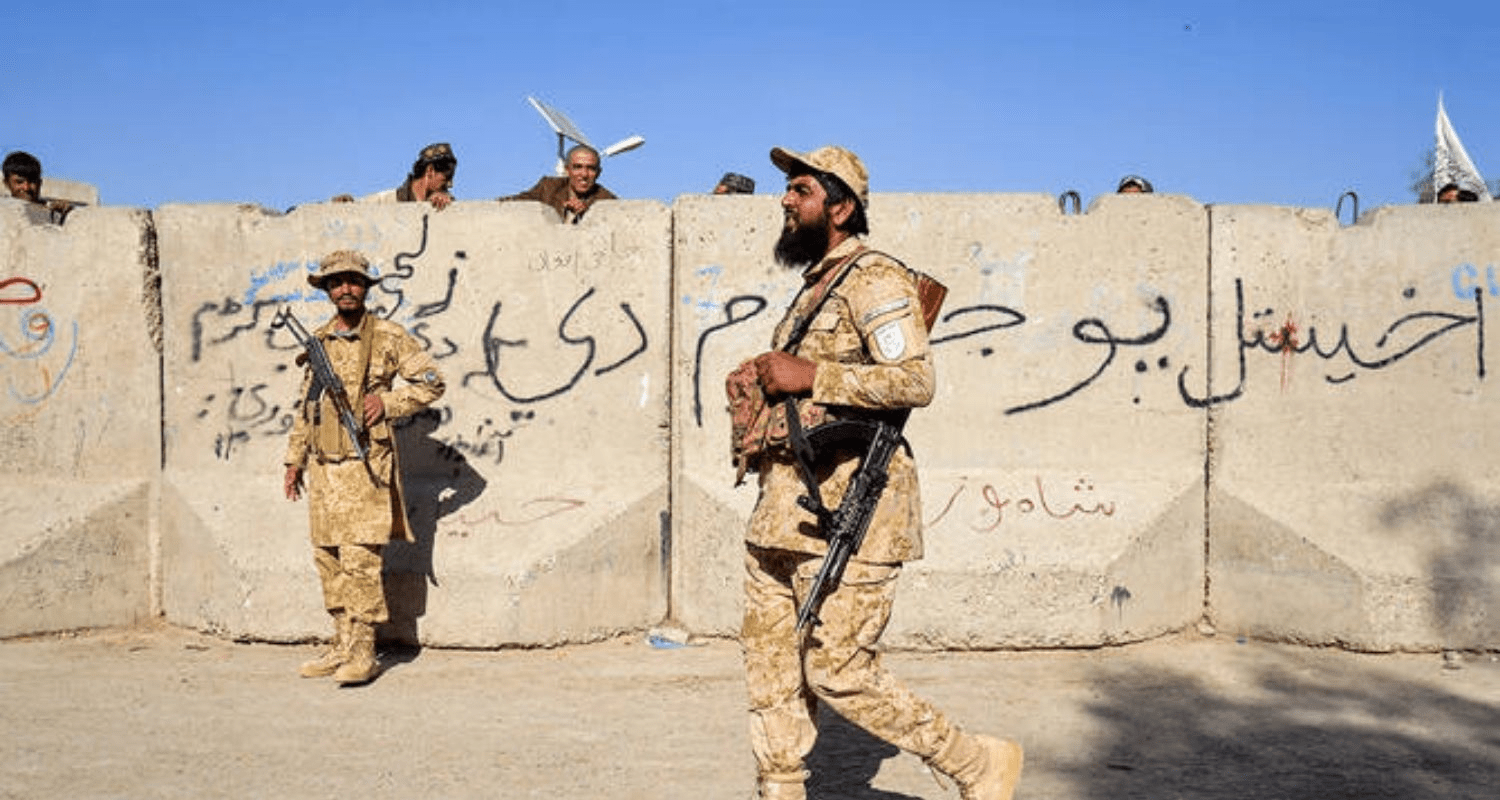Identification and context
Israel on Saturday identified the remains of Eliyahu Margalit, 76, a hostage abducted during the Oct. 7, 2023 attacks and recently returned by Hamas, officials said. The National Center for Forensic Medicine completed testing and notified the family, according to the prime minister’s office. Hamas has handed over several sets of remains in recent days as part of indirect contacts mediated by international organizations. The grim returns highlight a central unresolved issue two years into the war: the fate of those still missing and the pressure their families exert on the government to secure accounting and, where possible, releases.

Political and diplomatic implications
Each identification resets the domestic debate over negotiation lines—prisoner exchanges, ceasefire stages, and humanitarian access. For regional mediators, the remains transfers are proof that channels remain open, however narrow. For Israel’s war cabinet, they intensify scrutiny over military goals versus the urgency of hostage files. Rights groups urge standardized forensic protocols and transparent handover chains to prevent disputes later. The broader diplomatic track remains fragile, but as long as remains are being returned, there is leverage for incremental humanitarian deals. For families, closure—however painful—arrives one name at a time.

 TPW DESK
TPW DESK 


















